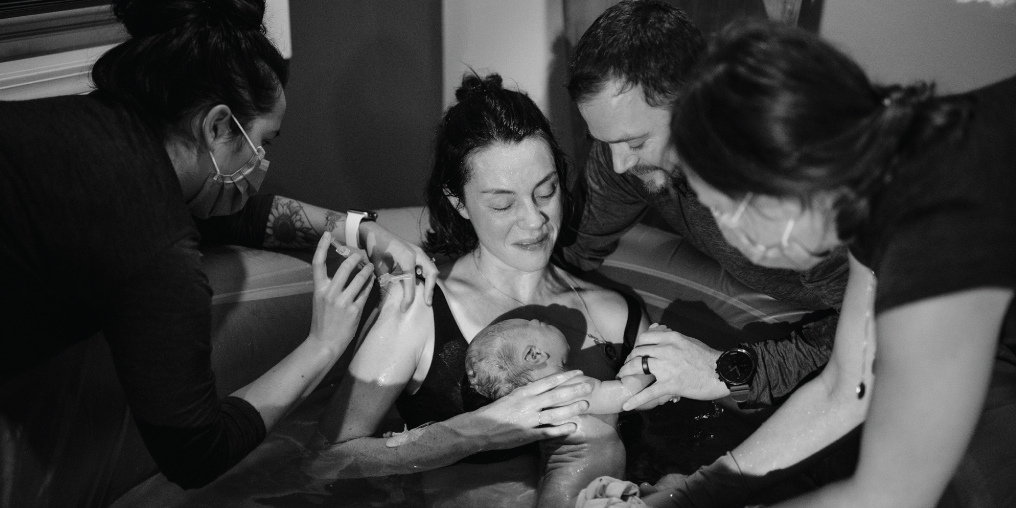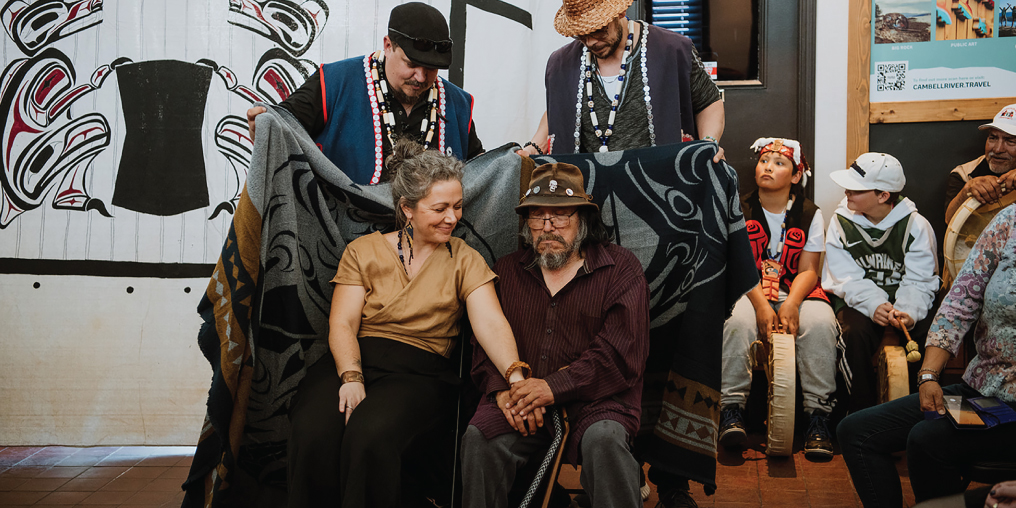There is a mystery that surrounds pregnancy and birth—a real sense of wonder. Cross-culturally, the practice of midwifery holds claim as one of the oldest professions. Certain aspects of being a midwife have remained the same for centuries, while others have morphed to fit modern society.
Historically, midwives held the role of the healer within the community, developing relationships with the families they served over generations. They were called upon for support and guidance in life and in death, and care was provided at home. Read the tales of midwives past and it is evident that the roots of midwifery remain present in the model of practice that continues to grow and flourish today.
Midwives offer a holistic approach to care while continuing to adapt to the medicalization of birth. They are registered medical professionals and hold hospital privileges. Yet the midwifery lens remains unique—pregnancy is viewed as a state of health. In British Columbia, the midwifery model of care is autonomous, community-based primary care, incorporating continuity of care, client-informed choice, choice of birth setting, collaborative care, accountability, and evidence-based practice, as described by the Midwives Association of BC.
When variations outside of normal arise, midwives provide assessment, diagnosis, and treatment. This physical aspect is a part of maternity care, but midwives recognize furthermore that the mental, emotional, social, and spiritual well-being of pregnant people and families matter, too. They strive to meet people where they’re at. As cited in a 2023 paper in Canadian Medical Association Journal, the care they provide is safe not only for low-risk pregnancies but also for moderate and high-risk pregnancies. If an aspect of care falls outside of their scope of practice, midwives consult and collaborate with nurses, physicians, obstetricians, and pediatricians.
There’s an authentic interaction that takes place when people are growing their families. The vulnerability that arises during this process is potent. There’s excitement, joy, fear, anxiety, and hope. Continuity of care means that midwives practice in small teams or as solo providers in order to get to know families. This core aspect of the midwifery model of care promotes safety and connection. Midwives are privy not only to the welcoming of new babies but also to supporting families through pregnancy and infant loss. They support people in the highs and lows that take place as the next generation comes into being.

Shared decision-making and informed choice are integral to midwifery practice. The pregnant person is seen as the most capable person to guide decisions around their care. Informed choice means that people understand the options available to them, including the benefits and risks of their decisions. Appointments are structured to allow time for discussion to empower people to make choices that align with their personal risk tolerance and family values.
Birth comes in many forms. Midwives offer birth in the hospital or at home. They support people planning for the birth they want, whether that be an unmedicated birth, a cesarean birth, or an epidural. Water births are an option for low-risk pregnancies both in home and hospital settings. Traditionally, everyone gave birth at home and current research states that home births in BC are safe for low-risk pregnancies, as cited in the BC College of Nurses and Midwives handbook.
Midwives provide support for feeding and infant care for six weeks postpartum. Postpartum care at home in the first couple weeks after birth is a source of joy in the work of a midwife. There’s a feeling of honour in being invited into people’s homes. As a midwife, I’m grateful to be a part of these uncurated moments—visiting a new parent feeding their baby on the couch in pyjamas, chatting with grandparents about what they did when their babies were tiny, seeing partners making breakfast or retrieving another diaper.
These moments feel sacred.
To witness people uninhibited in their space allows a broader perspective of what supports they have or may benefit from. I enjoy the diversity of family arrangements, parenting styles, and belief systems. It’s humbling to continually learn from the families I work with,
a two-way translation of knowledge between caregivers.
Midwifery continues in its natural capacity to build a community around growing families. The resilience of the human body, mind, and spirit provides ongoing inspiration in the world of birth work. While societal change is ever present, the foundation of midwifery remains grounded in tradition.
This article was written by a midwife who identifies as a white settler and is therefore limited in speaking to the roots of Indigenous midwifery. Midwives in Campbell River practice at Ocean Grove Midwifery Collective, welcoming families from North Island, the Discovery Islands, and south to Black Creek. We acknowledge that our place of practice is within the ancestral, traditional, and unceded territory of the Ligwilda’xw people, the We Wai Kai, Wei Wei Kum, and Kwiakah First Nations. Find out more at www.oceangrovemidwiferycare.com.





